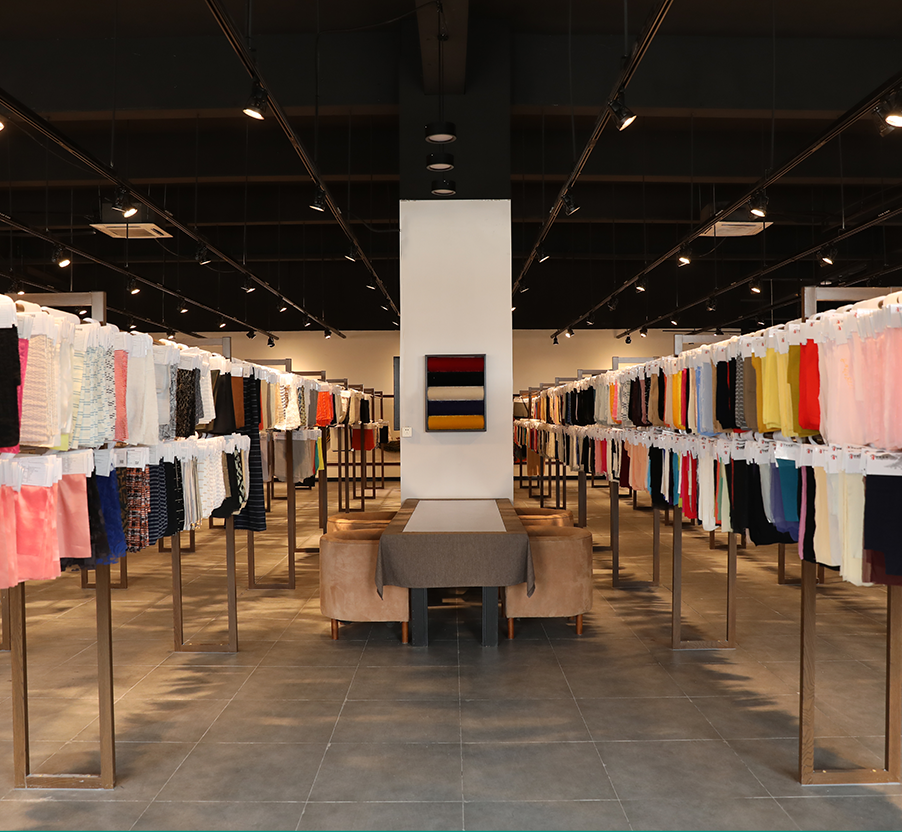Industry knowledge
The Classification of Naia Acetate fabric
Naia Acetate fabric can be classified based on a few different factors, including weave or knit pattern, weight, and finish. Here are some common classifications of Naia Acetate fabric:
Weave or knit pattern: Naia Acetate fabric can be made in a variety of weave or knit patterns, including plain weave, twill weave, satin weave, and jersey knit.
Weight: Naia Acetate fabric can be classified based on its weight, which is typically measured in ounces per square yard. It can range from lightweight fabrics like chiffon and georgette to heavier fabrics like crepe and velvet.
Finish: Naia Acetate fabric can be finished in a variety of ways to achieve different textures and effects. Some common finishes include:
Matte: A matte finish has a soft, flat surface without shine or reflection.
Satin: A satin finish has a smooth, glossy surface that reflects light.
Crepe: A crepe finish has a crinkled or textured surface that is created through a special finishing process.
Embossed: An embossed finish has a raised or textured surface that is created by pressing a pattern onto the fabric.
Overall, Naia Acetate fabric can be classified based on a variety of factors, including weave or knit pattern, weight, and finish. These factors can impact the look, feel, and performance of the fabric in different applications.
The Structure of Naia Acetate fabric
Naia Acetate fabric is a type of regenerated cellulose fabric, which means it is made from plant-based materials that are chemically processed to create a fiber. Specifically, Naia Acetate is made from a combination of wood pulp and cotton linter, which are dissolved in a solution of acetic acid and acetic anhydride to create a viscous liquid. This liquid is then extruded through tiny holes to create fine filaments that are spun into yarns. The yarns are then woven or knitted into fabric.
The structure of Naia Acetate fabric is similar to that of other regenerated cellulose fabrics, such as viscose and lyocell. The fibers are thin and smooth, with a round or oval cross-section. They have a high degree of orientation, which means that the molecules are aligned in a specific direction. This gives the fabric its characteristic softness and drape. Naia Acetate fabric can be woven or knitted into a variety of textures and patterns, including plain weave, twill weave, satin weave, and jersey knit. It is known for its luxurious hand feel, lightweight drape, and fluid movement.


 中文简体
中文简体 Français
Français Deutsch
Deutsch italiano
italiano






























